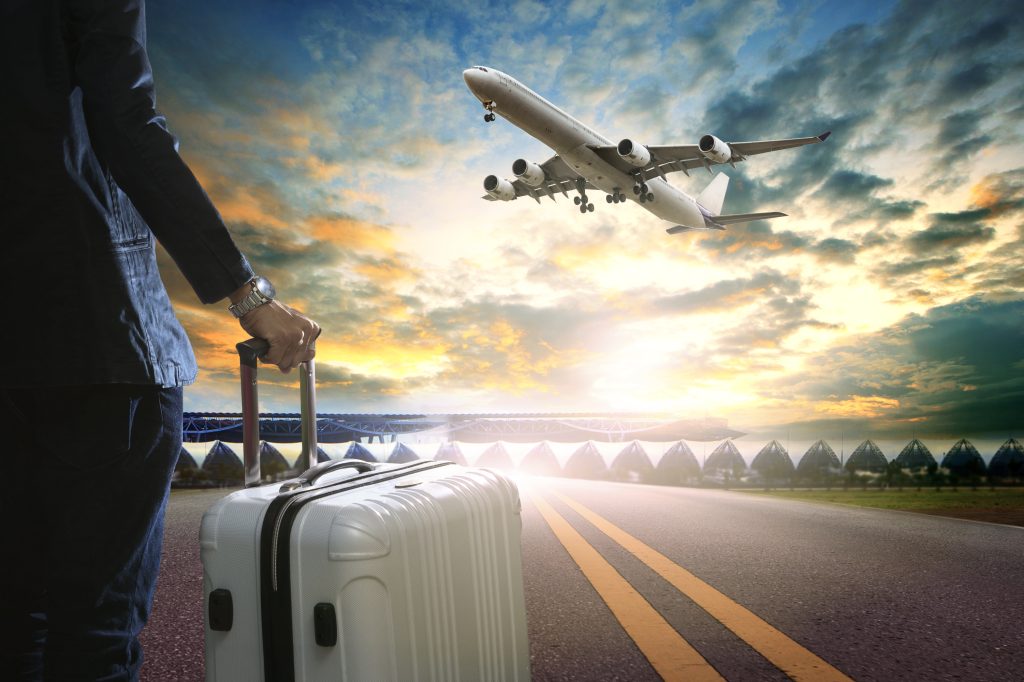
The aviation industry is now four years on from the pandemic and airports and stakeholders have moved on from worries about demand with their focus now pivoting back to the long-standing issue of capacity. One of our priorities at AiQ is helping airports with the challenges this issue brings and consulting with their planning and operational teams so that they can effectively manage capacity issues over the next few years and capitalise on the return to and surpassing of pre-pandemic passenger levels.
So what will drive capacity over the next 5 years? Our observations are that the following factors will be significant:
- Passenger behaviour and trends
- Automation
- Biometrics and digital identity
- Sustainability and Net Zero
- Passenger behaviour and trends
It is important to anticipate and plan for changes in passenger behaviour and trends.
We have recently conducted surveys of passengers arriving at check-in at a number of UK airports and there is a discernible trend for passengers arriving much earlier, there still seems to be some level of flight anxiety post-COVID for various reasons that we have covered here in our blog. This can be an issue for constrained airports in particular because as a consequence of these early arrivals some airports have to manage the queuing for passengers arriving long before their check-in is open.
Passenger travel trends, in terms of the types of trips they are taking also needs to be a planning consideration.
We are seeing an increase of ‘bleisure’ trips, blending business with leisure. Passengers are extending or combining a work trip with leisure travel for just themselves, or with friends and family. Bleisure travel started to grow in popularity in 2023 as lockdowns eased and has become so popular it’s predicted to take over business travel, with over 89% of people planning to add personal holiday time to their business trips.
- Automation
Taking advantage of automated technology will help airports manage passenger behaviour and keep passengers moving smoothly through the airport – a digital journey is a critical factor in providing increased capacity.
- online check-in – particularly with mobile phones
- the move away from service counters to automated systems, mobile check in kiosks and self-serve bag drops
- MAC, SSBD, etc
We discuss check-in automation in far more detail in our White Paper.
Automated (online and app) bookings in travel aren’t new, but they are expected to see dramatic growth over the next couple of years too. To give you an idea, in 2020 the online travel booking market was worth $432 billion. By 2025, this is estimated to rise to $833 billion.
- Biometrics and digital identity
Airport biometrics has massive potential to create a safer, more seamless and contactless passenger experience and should already be firmly on the agenda of airports and stakeholders. Digital solutions can help keep airport operations running smoothly, replacing tickets and IDs with facial recognition and fingerprint scans.
- Facial recognition
- Iris recognition
- Biometric boarding passes
- Mobile device integration
The post-pandemic preference for contactless technologies has accelerated biometric adoption and its acceptance by passengers. IATA’s 2023 Global Passenger Survey states that: “Confidence in biometric identification is on the rise. In the last 12 months, 46% of passengers used biometrics at the airport, up from 34% in 2022. Furthermore, 75% of passengers prefer using biometric data over traditional passports and boarding passes.”
- Sustainability and Net Zero
Sustainability and net zero remain a key priority as airports and stakeholders work to support the overall UK aviation industry allegiance to achieving net zero carbon emissions by 2050. As a result, these are common themes running through a lot of projects in the industry right now, the sector’s environmental impact is something AiQ are actively working on with clients.
Airports and stakeholders are putting more and more emphasis on sustainability and implementing alternatives such as electric busses, airside EVs, electric ground handling equipment and Sustainable Aviation Fuel (SAF).
An aspect of this again links back to passenger behaviour and trends as there is also a surge in sustainable travel and tourism – an increasing amount of passengers are looking for more sustainable alternatives. According to a report from the World Travel and Tourism Council (WTTC) and the Trip.com Group, 69% of travellers were actively seeking sustainable travel options in 2023 – and there’s no sign of that trend slowing down.
Our award winning team of operational and analytical experts are dedicated to analysing, modelling and optimising every aspect of an airport. Specialising in airport capacity, we are trusted to realise capacity and solve complex operational challenges. For more information about how we can assist you with any of your challenges in 2024 and beyond, contact us today.

